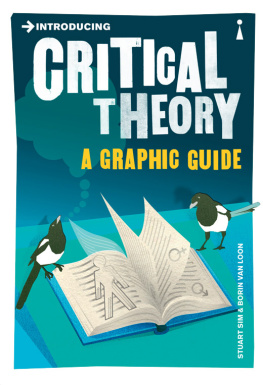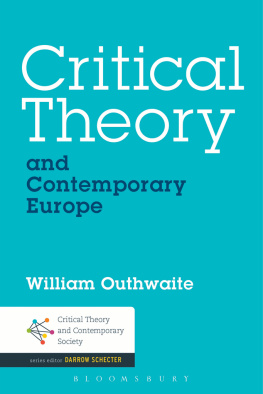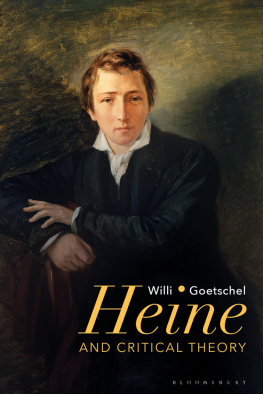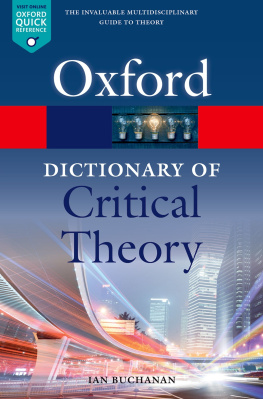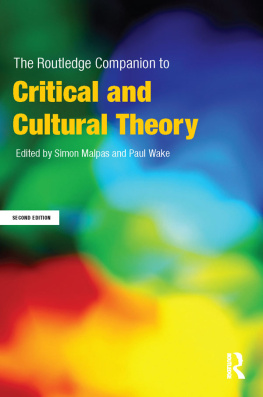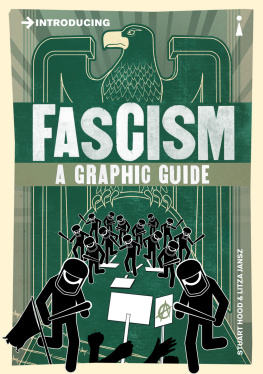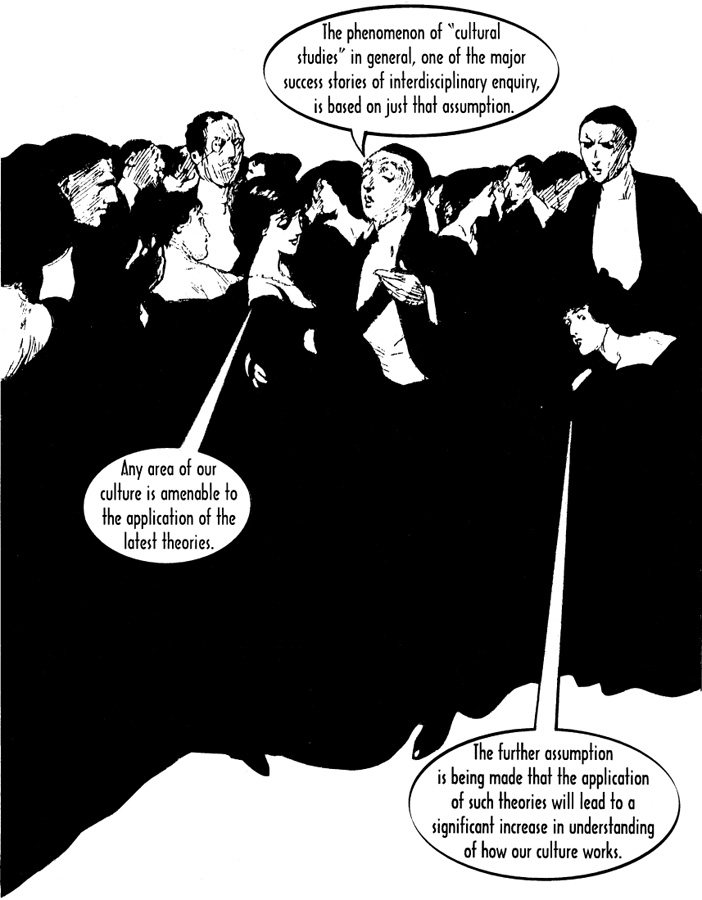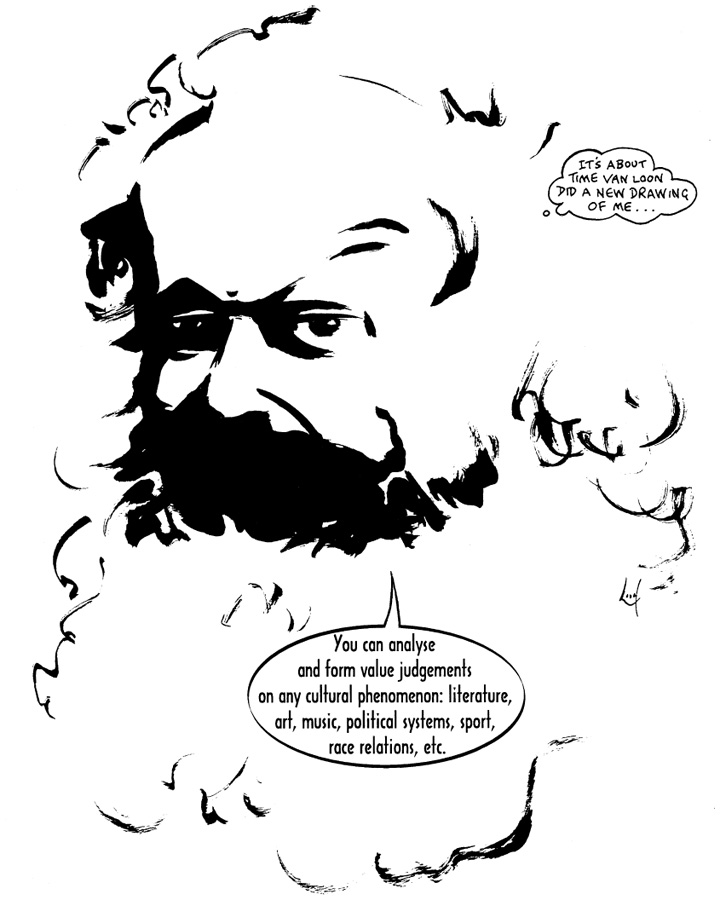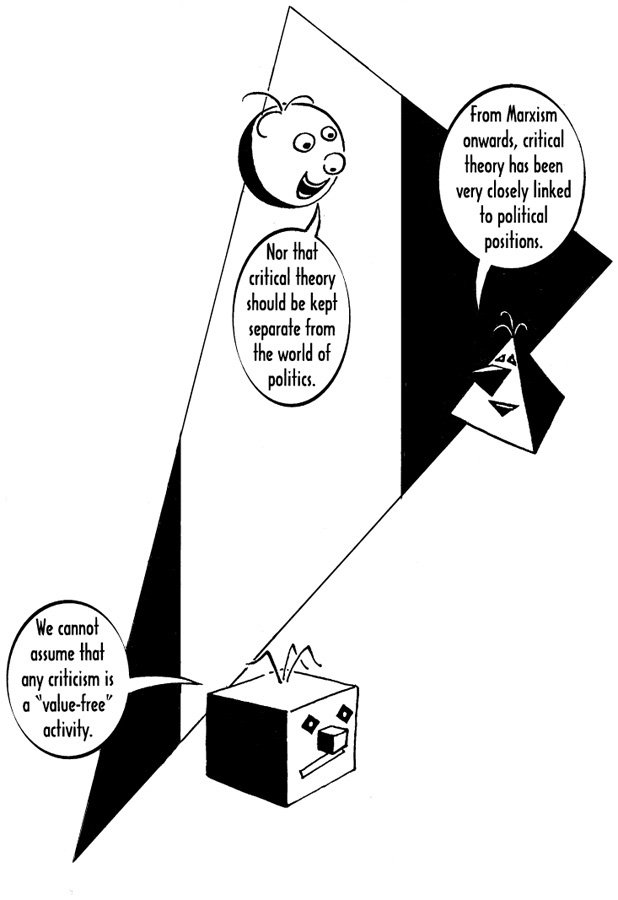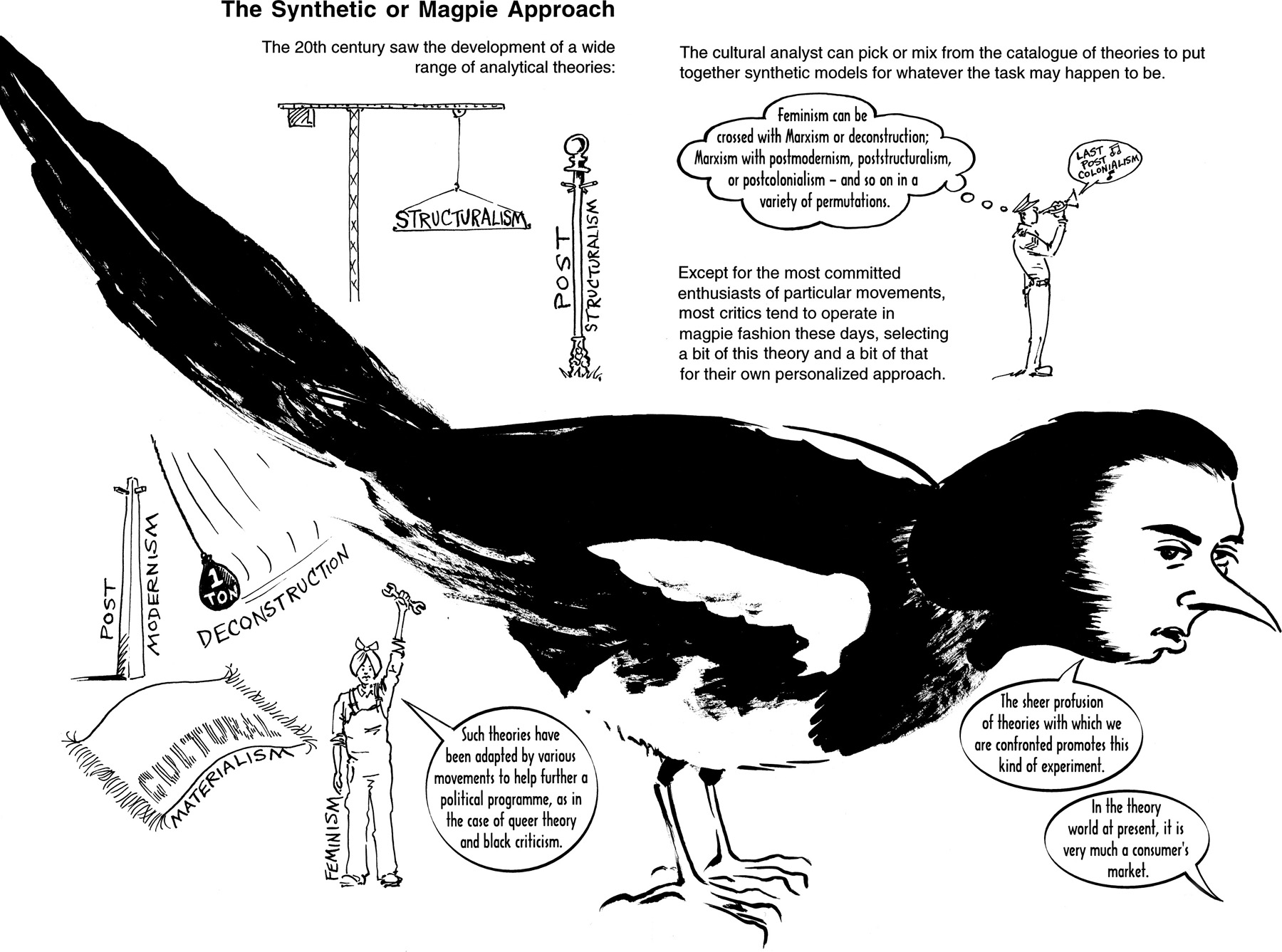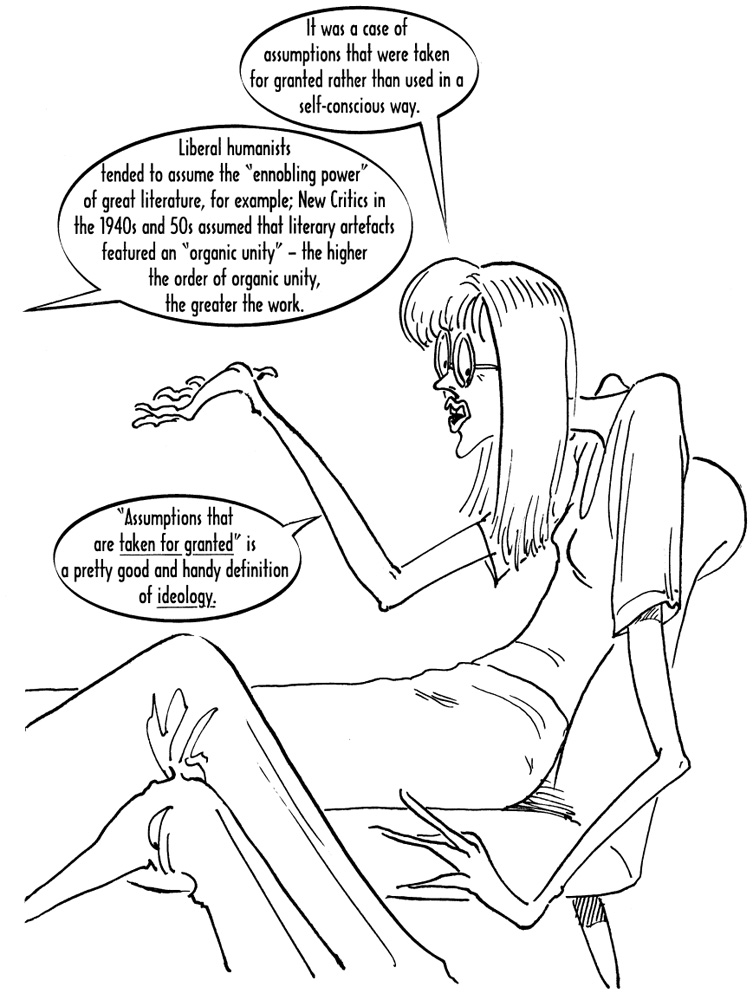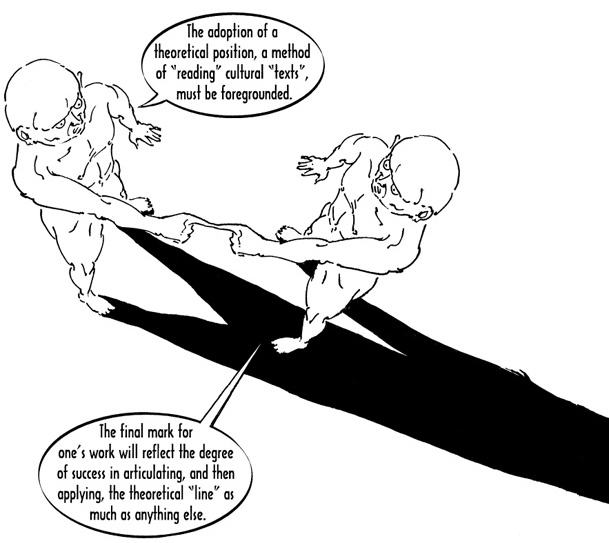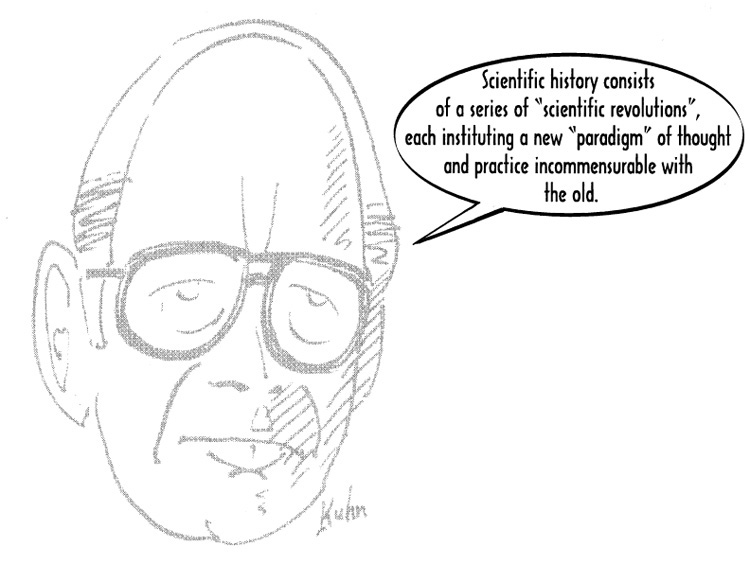Published by Icon Books Ltd, Omnibus Business Centre, 39-41 North Road, London N7 9DP
email:
www.introducingbooks.com
ISBN: 978-184831-780-2
Text and illustrations copyright 2012 Icon Books Ltd
The author has asserted his moral rights.
Originating editor: Richard Appignanesi
No part of this book may be reproduced in any form, or by any means, without prior permission in writing from the publisher.
Contents
The Theory of Everything
Theory has become one of the great growth areas in cultural analysis and academic life over the last few decades. It is now taken for granted that theoretical tools can be applied to the study of, for example, texts, societies, or gender relations.
The Phenomenon of cultural studies in general, one of the major success stories of interdisciplinary enquiry, is based on just that assumption.
Any area of our culture is amenable to the application of the latest theories.
The further assumption is being made that the application of such theories will lead to a significant increase in understanding of how our culture works.
The Grand Narrative of Marxism
The motivation for this development can be traced back to the rise of Marxism. Karl Marx (181883) and his followers bequeathed us an all-embracing theory, or grand narrative as it is more commonly referred to nowadays.
ITS ABOUT TIME VAN LOON DID A NEW DRAWING OF ME
you can analyse and form value judgements on any cultural phenomenon: literature, art, music, political systems, sport, race relations, etc.
Entire cultures can be put under the microscope of Marxist theory. It forms a paradigm of the way in which any critical theory in general works. Cultural artefacts are tested against the given projection of the world as it is, or should be, constructed.
The Politics of Criticism
One criticism levelled against critical theory says that it is an alternative metaphysics, promoting a particular world view, and, at least implicitly, a particular politics. There is nothing intrinsically wrong with such a procedure, as long as it is made clear what that metaphysics entails. What is it trying to achieve? One can then accept or reject its programme.
From Marxism onwards, critical theory has been very closely linked to political positions.
Nor that critical theory should be kept separate from the world of politics.
We cannot assume that any criticism is a value-free activity.
A great deal of its value stems from its ability to remain politically engaged. Being critical is being political: it represents an intervention into a much wider debate than the aesthetic alone, and that is surely something to be encouraged. We live in politically interesting times, after all.
Such theories have been adapted by various movements to help further a political programme, as in the case of queer theory and black criticism.
Feminism can be crossed with Marxism or deconstruction; Marxism with postmodernism, poststructuralism, or postcolonialism and so on in a variety of permutations.
The sheer profusion of theories with which we are confronted promotes this kind of experiment.
In the theory world at present, it is very much a consumers market.
Bringing Theory to the Surface
To be a critic now, especially in academic life, is also to be a theorist as any student in the humanities and social sciences will be only too painfully aware.
One no longer studies literature, but literature plus the full range of critical theories used to construct readings of narratives.
The same thing goes for art history, media studies, sociology and so on through the humanities and social sciences.
Cultural studies ranges over many of these disciplines.
How we arrive at value judgements, and, indeed, whether we can arrive at value judgements, are now at least as important considerations as what the actual value judgements themselves are.
Hidden Agendas and Ideologies
Of course, theories have always operated under the surface, prior to the development of the term critical theory itself, but they were generally implicit rather than explicit.
It was a case of assumptions that were taken for granted rather than used in a self-conscious way.
Liberal humanists tended to assume the ennobling power of great literature, for example; New Critics in the 1940s and 50s assumed that literary artefacts featured an organic unify the higher the order of organic unity, the greater the work.
Assumptions that are taken for granted is a pretty good and handy definition of ideology.
Theoretical Reflexivity
Self-consciousness, or reflexivity as we now call it, in the application of theory is what defines the current state of play in the various disciplines of the humanities and social sciences. A student preparing a dissertation or thesis will normally be advised to outline the theoretical model being used, first of all, before going on to undertake the actual task of analysis itself.
The adoption of a theoretical position, a method of reading cultural texts, must be foregrounded.
The final mark for ones work will reflect the degree of success in articulating, and then applying, the theoretical line as much as anything else.
The last thing one wants to be accused of in such situations is being undertheorized that way, low marks lie. The successful student in higher education reaches theoretically-informed conclusions in essays and exams, and can show precisely how the theory informed those conclusions.
Science Studies: the Paradigm Model
But it is not only in the humanities and social sciences that critical theory is deployed. Even the hard sciences have been infiltrated to some extent. Science as a social phenomenon is most certainly a target for critical theory. One well-known founder of science studies is the historian and philosopher of science Thomas Kuhn (b. 1922).
Scientific history consists of a series of scientific revolutions, each instituting a new paradigm of thought and practice incommensurable with the old.
Like any other social activity, science is a legitimate topic for the critical theorist to explore.

